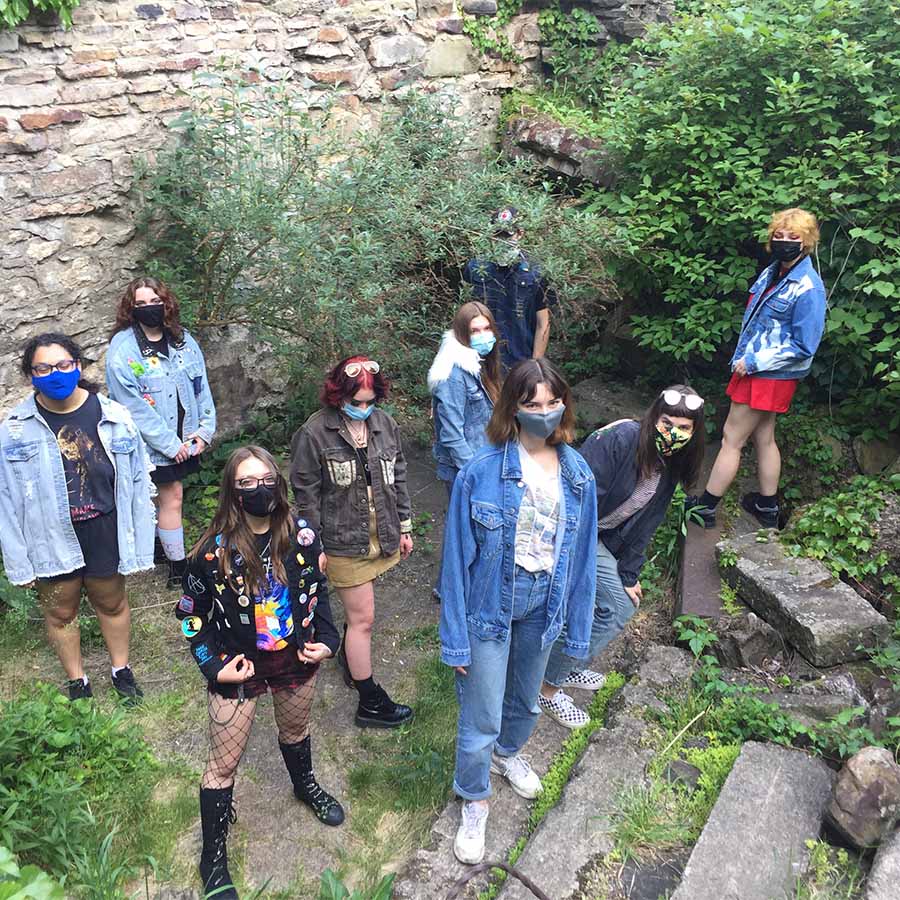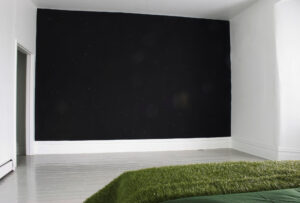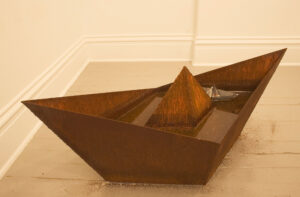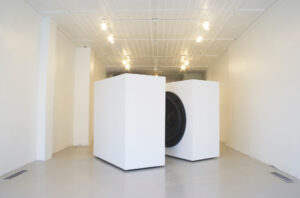A fence creates a grand entrance for the Museum, stopping viewers in their tracks in an open invitation to reinterpret today's issues.
This play is a reflection on the (im)possibility of accepting diversity and the other. The fragmented body of the neoplasm—the fruit of unstable conditions—overcomes barriers, loves and denies itself and others, wanders around, forgetting its profession. It frequently and with pleasure divides, goes through dangerous palpation, questions the possibility of contact with the experience of the other. Poorly brought up but very successful, it invites us to a trans-species transition.
Lorem ipsum dolor sit amet, consectetur adipiscing elit. Fusce at elit quis felis ullamcorper vehicula non in est. Maecenas finibus pharetra justo et faucibus. Nulla eu tortor vel ex volutpat efficitur. Vivamus placerat turpis in aliquet venenatis. Quisque ac lacinia mauris. Nam quis lobortis elit. Vestibulum sagittis nisi sit amet euismod hendrerit. Mauris non sodales odio. Donec efficitur molestie quam, sed lobortis massa vestibulum ut.
Nunc at arcu sodales nisi porta euismod non vel neque. Phasellus at lobortis ante, in suscipit justo. Proin non purus vitae nisi molestie consectetur. Vestibulum volutpat lobortis interdum. Vestibulum pretium ligula lorem, egestas ultricies lectus ultricies ac. Curabitur venenatis vulputate dolor.
In conceiving a work like Thought, Iván Capote with a single word, fills our lives with light. The fence, border of prohibited spaces, now takes on a new re-educative and critical function. He uses humor to poke fun and incite us to rethink what is defined, what is ideal, and what is commonly accepted. The word that he offers us is a new testament-testimony of modern times.
The fence Thought creates a grand entrance for the Museum, stopping viewers in their tracks in an open invitation to reinterpret today's issues. Its transparent strength lies in its ability to see right through our subconscious, making a mockery of our imagined forms of safety. The message is a haunting wake-up call. - Magda Ileana González-Mora, Curator
At the edge of the Mattress Factory Garden, the visitor confronts a fence, six feet tall and eighteen feet long. Letters cut out of the white plastic spell out PENSAMIENTO, “thought” in Spanish. The cutout letters allow the viewer to see into the Garden, while at the same time, it fences them out.
Exhibition
Iván Capote, part of a daring generation of Cuban artists that emerged in the late 1990s, contributed to reshaping the contemporary art scene on the island. Iván, much like his brother Yoan Capote, quickly established himself as one of the most exciting and talented Cuban artists of his generation. His work is deeply marked by the exploration of text in aesthetic discourse and the way in which it can be used to make social or political commentary. His works take on an interactive role and encourage the public to actively participate in unscrambling his works.
Iván Capote's reductive approach to sculpture and installation draws out an honest simplicity that resonates with people from all backgrounds, allowing the viewers to impose their own conceptual understandings and meanings onto Capote's work. Like many other Cuban artists, Iván deals with the unstable economic and political status of his country, however, it is in his simple act of reflecting on human issues and concerns that resonate most with individuals.
His mechanical installations and documentations of laborious processes explore the way history is created and erased. He has been featured in the 7th and 8th Havana Biennials and in solo exhibitions in Havana, Paris and Zurich. Iván Capote was included in the group shows Killing Time: An Exhibition of Cuban Artists from the 1980s to the Present in 2007 at Exit Art, and States of Exchange: Artists from Cuba in 2008 at Iniva (Institute of International Visual Arts). Internationally known and critically acclaimed, Iván Capote's work has been sold in most large auction houses such as Christie's and Sotheby's. He attended the Escuela Vocacional de Arte in Pinar del Rio, Cuba from 1985-1988; and the Escuela Nacional de Arte in La Habana, Cuba from 1988-1992.


















